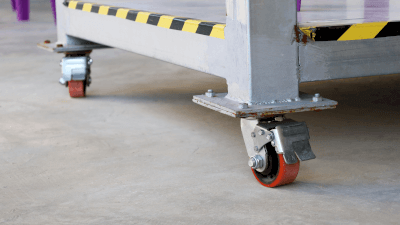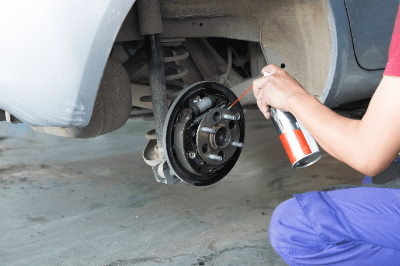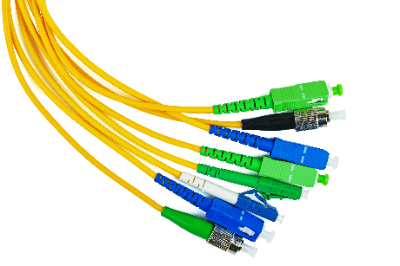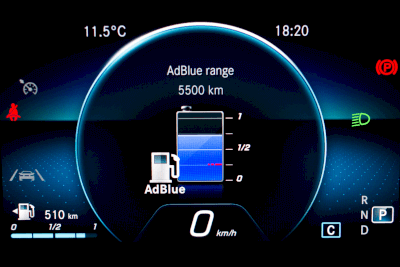What Is a Cart Floor Lock?
 A cart floor lock, also known as an anti-movement stopper, is a type of step-in stopper installed under a cart’s undercarriage. It primarily functions as a brake to secure a cart during frequent movements, loading, and unloading at various locations.
A cart floor lock, also known as an anti-movement stopper, is a type of step-in stopper installed under a cart’s undercarriage. It primarily functions as a brake to secure a cart during frequent movements, loading, and unloading at various locations.
These components often include a clutch attached to a pole for stabilization. Functioning as a wheel stopper, they ensure safety during loading or when the cart is stationary. Cart floor locks are also used to lock the wheels when the cart is left unattended in the work area.
Materials like steel, stainless steel, and other steel alloys are commonly used for these stoppers, which are activated by stepping on a treadle plate.
Uses of Cart Floor Locks
Cart floor locks are used to secure carts in place and prevent unwanted movement. They are particularly useful in situations where a cart may wobble due to vibrations during work, or when there is a risk of a cart slipping off a conveyor line in factories or warehouses.
These locks are especially handy in supermarkets, where large carts are used for stocking and removing products. Securing the load during unloading and stabilizing the cart’s position when stepping away temporarily, such as to call a cashier, is crucial.
Principles of Cart Floor Locks
Cart floor locks combine cylindrical parts to fix carts and prevent skidding. When engaged, the lock supports the cart at three points, so it’s important to choose the right lock based on the cart’s weight (including load) divided by three.
To ensure the cart is securely fixed, the lock’s dimensions from the floor to the underside of the cart should be accurate. Incorrect measurements can result in the lock not engaging properly.
The installation involves affixing the cylinder base to the back side of the cart with four bolts. The locks are made from durable materials like heavy steel, standard steel, and superalloys.
These locks feature a locking pedal and an unlocking pedal. Pressing the lock pedal secures the lock in place, and stepping lightly on the unlock pedal releases it, thanks to the recoil force of the spring pin. This mechanism is an essential safety feature for loading and unloading on waxed floors or in cold environments.


